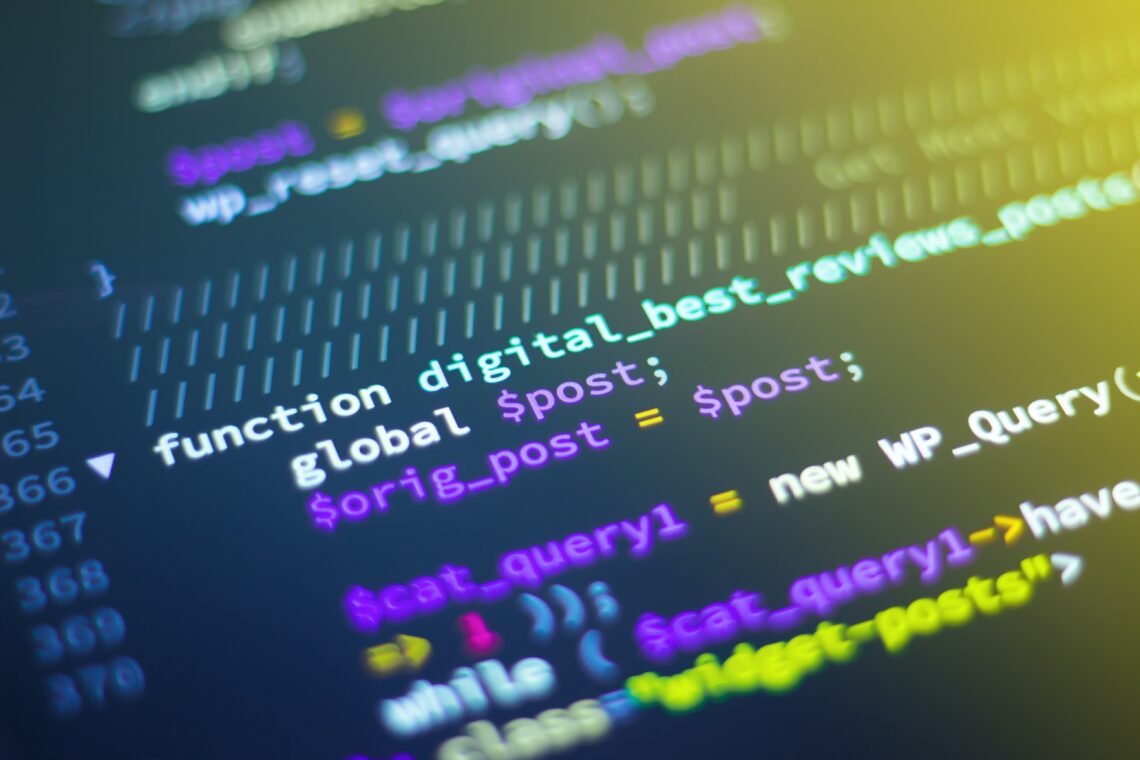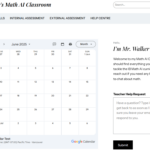What is the reality of education technology in your context (district, school, classroom, etc.)?
The state of educational technology when I worked with SD63 a few years ago was strained at best. Falling backward into a contract covering a paternity leave, I was well taken care of. I had a projector that was clear and vivid, a Levono Yoga that I could write notes by hand, and a wireless transponder that allowed me to seamlessly connect the two. On the other hand, my students had access to very little other than their phones (which were not being used productively at all). Our only resource was some decade-old Chromebooks that the humanities department had a special hold over. And if they weren’t using them, then the sciences used them for writing lab reports.
Due to these technological constraints, the use of educational technology was limited to only what I showed my students. I showed them simulations and programs so that they could better understand the mathematics we were doing but they had no way to manipulate the variables. They were only getting half of the experience. They were unable to explore on their own and because of this, they could not explore one of the most elegant forms of communication of our time: mathematics.
For those few months, I existed somewhere on the spectrum between “no technology” and “California full-integration, one-to-one heaven.” Now I find myself a lot closer to California (unfortunately not in temperature). My current workplace is an independent, girl-focused K-12 school that has a one-to-one device policy (each student is expected to bring a laptop and if they are unable to, the school supplies them one). With this, the other side of the equation is complete; students not only see the technology used to perform modern math, but they can experiment with it themselves and experience the power of technology themselves.
But the sun isn’t always shining in California…
My experiences with technology over the last 14 months at my current school can be sorted into two categories: (a) rich learning experiences that are enhanced with technology and (b) struggles with technology that result in strained learning experiences.
In the first category are all of the activities that go exactly how I imagined them: seamless and insightful. When my students and their technology are flowing together, things unfold in ways I often can’t predict and typically lead to enriching learning experiences. This is the bread and butter of educational technology. In my classroom, I like things to have controlled chaos (a random walk through concepts toward enlightenment) and technology usually helps drive this.
In the second category are all of the experiences that don’t go quite as planned. Those riddled with compatibility issues and device connectivity. Some students are working on Windows while others are toying with Apple. A few have iPads while many have Chromebooks. Unfortunately for my students, most of the programs I use don’t have sufficient compatibility for all devices and this raises an issue of equity in my classroom. Because of this, I try to stick to programs that can run in an Internet browser like Desmos or Symbolab.
This leaves me with an uncomfortable imbalance: how do I balance equity in software compatibility with the power of emerging tech?






